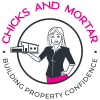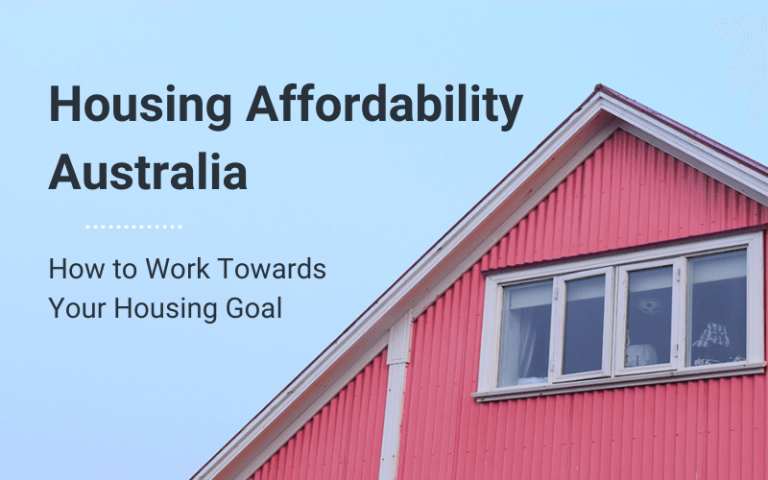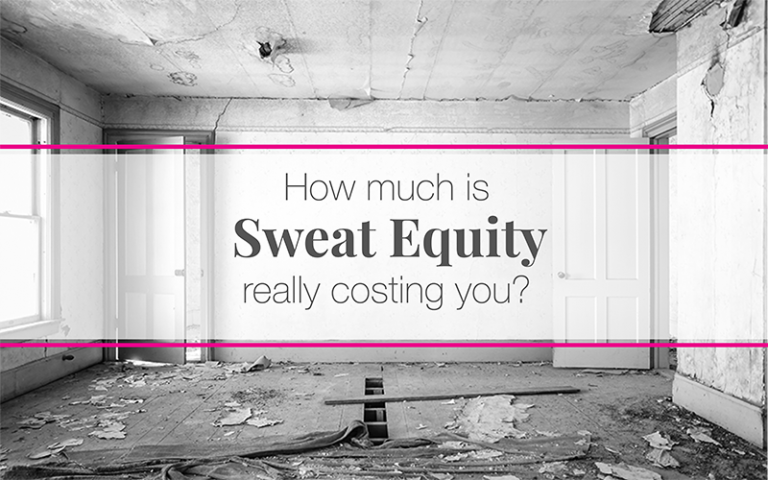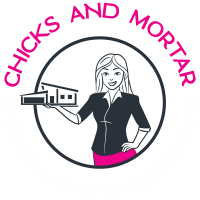So you want to start investing in property? But where do you start? If you have just asked yourself these questions, then you have officially started. The decision to invest in property is the first step of the journey, and seeking out information is the second.
At the beginning it may appear daunting. There is so much information out there, and everywhere you turn someone has a deal, strategy, package on offer. It can very quickly become confusing. So, what is the best option for you?
There must be a reason why you have decided to invest in property…You want to increase your passive income, you want to replace your income and not work, or you may want more security for retirement, To be successful in property you first must work our why you chose to invest and what you are wanting to achieve.
What do you want to achieve…Converting your dreams to Goals.
What’s the difference between a dream and a goal? Well dreams are simply goals inside your head. While they remain in your head, they are dreams, when you take those dreams, write them down and take action to achieve those dreams, then they are goals.
So the process is as simple as taking a piece of paper and a pen (or a computer and your fingers, for those in the modern age) and writing down all your dreams. It can be as simple as having one dream or you can fill several pages, the choice is yours. But remember at this stage they are only dreams so they can be as big and fancy as you want…the bigger the better!
The next step is finding those dreams you really want to achieve and work on converting those into goals. This is where the SMART guidelines come in to play.
Are your goals SMART?
Okay, so you have a list of goals you want to achieve…what now? We now need to set an action plan to achieve these goals, and to set our action plan we need to follow the S.M.A.R.T. Guidelines…
S – Specific – Be clear about what you want to achieve. The clearer you are, the more focused you will be and the more chance you will have of being successful. Don’t be vague. Ask yourself: WHAT do you want to achieve, WHERE you want to achieve it, WHEN will you achieve it, WHO will be involved, HOW it will be achieved & WHY it is important to you.
For example: “I will buy 2 investment properties every year for the next 5 years.”
M – Measurable – Set a benchmark on measuring your progress. This can be set by time, cost, quantities etc. Tracking your progress and seeing how far you have come will help keep you motivated and on track.
For example: By specifying quantity (2 properties) and time (each year for 5 years) the goal is now measurable.
A – Achievable – When setting goals the sky’s the limit, really. But unless your goals are realistic, you can easily become disillusioned and less motivated to achieving them. Take into account your resources & capabilities, and try breaking down the bigger goals into smaller more achievable mini goals.
For Example: How likely are you to achieve a goal of 10 properties in 6 months on a single minimum wage?
R – Relevant – Are your goals relevant to you, your choices and your priorities? Set your goals based on what you really want to achieve, not on what you think is the right goal to set. If you base your goals on what you think you should be doing and rather what you want to be doing, then it will be harder to reach them.
For Example: If all the courses you go to tell you that doing a renovation is the way to go, but you don’t really want to renovate or don’t have the resources (time, funds etc) then this is not the right goal for you.
T – Timed – Place a time limit on when you plan to reach your goals. If no time limit is set, then there will be no motivation to achieve anything. Have short term and long term goals. Again be realistic about the time limits you set and review your progress regularly for long term goals.
Head over to our resources page to download your own handy SMART goals guide and worksheet.
Save











